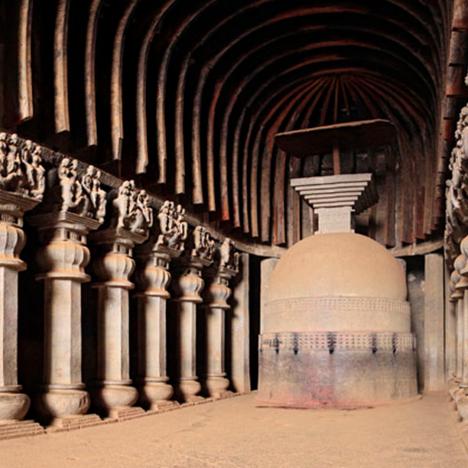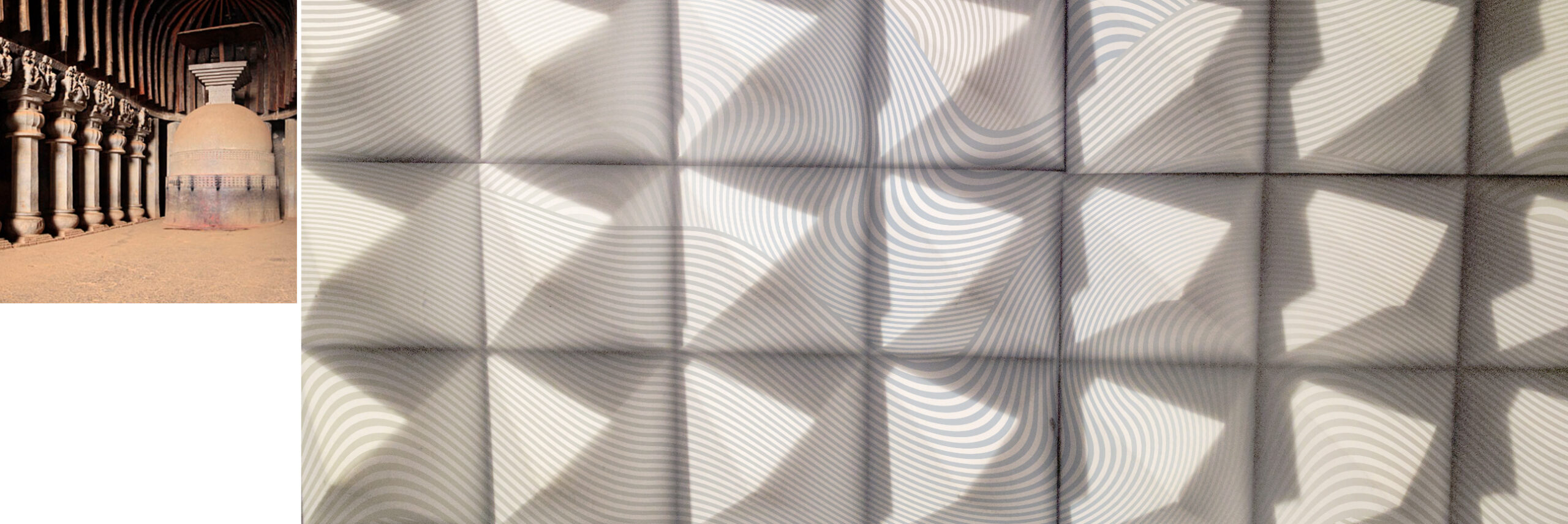
Buddhist Rock-Cut Monasteries of the Western Ghats
Illustrated Lecture with George Michell
Wednesday, October 25, 2017
7:00 PM–8:30 PM
Some of the most spectacular examples of ancient Buddhist architecture can be found in the rugged landscape of the Western Ghats in Maharashtra, where shrines and the dwellings of monks and nuns were carved from the rocky faces of the mountains. Dating back to the first and second centuries BCE, these so-called “caves” preserve evidence of early monastic life, while their figural carvings offer glimpses into the era’s courtly culture. Beginning in the fifth century these caves were embellished with Buddha and Bodhisattva images, and they resounded with the prayers of devotees, magnified by echoes from the surrounding rocky landscape.

The most famous Buddhist rock-cut monuments in Maharashtra are probably Ajanta and Ellora, but this lecture will focus on the equally significant but much less visited sites, like Nashik, Junnar, Karla, Bhaja, and Bedsa. The lecture will be accompanied by newly commissioned photographs by Surendra Kumar, and will mark the publication of a new guidebook on these monuments co-authored by George Michell, to be issued by the Deccan Heritage Foundation.
The program will be followed by a book signing.
About the Speaker
George Michell is an architectural historian who has researched at various sites in India, including Badami, about which he lectured at the Rubin Museum in 2014, and Hampi Vijayanagara. He is one of the Founding Trustees of the Deccan Heritage Foundation. Among his most recent publications are Temple Architecture and Art of the Early Chalukyas, and Rock-Cut Monasteries of the Western Ghats.

